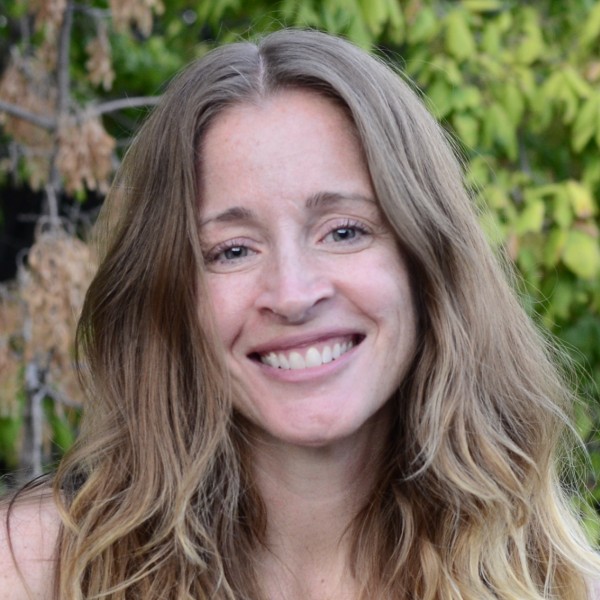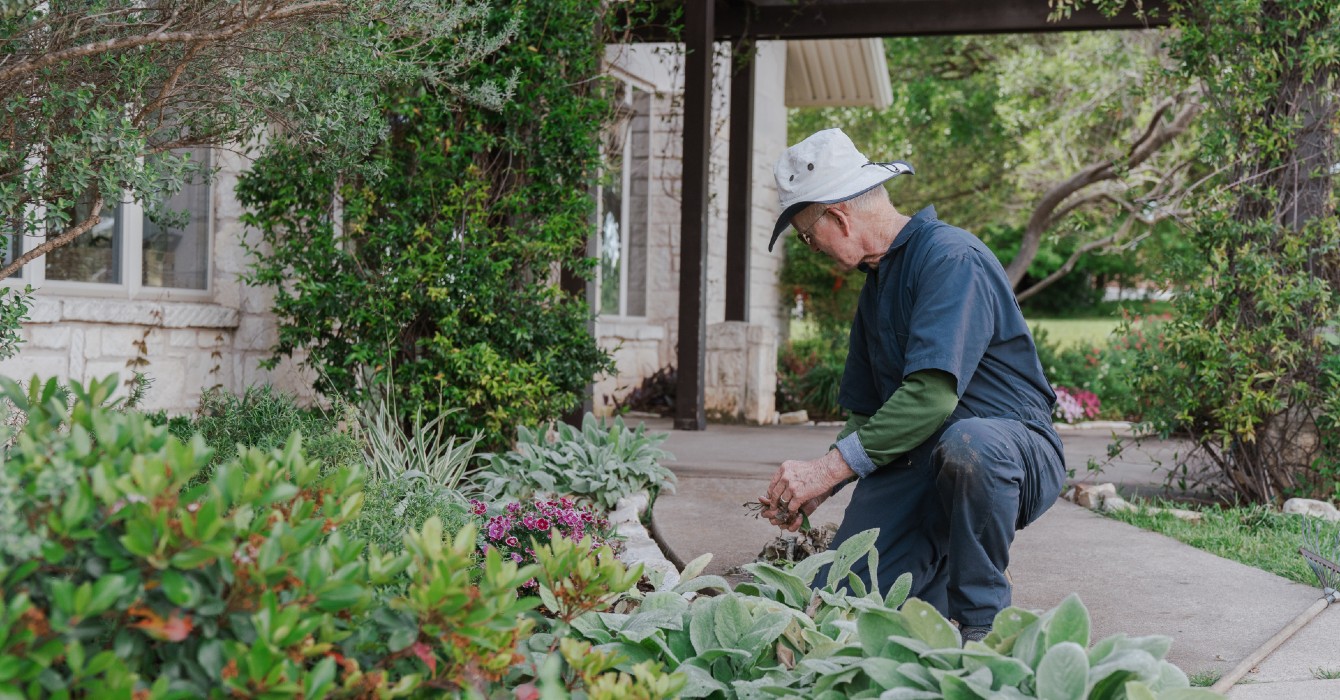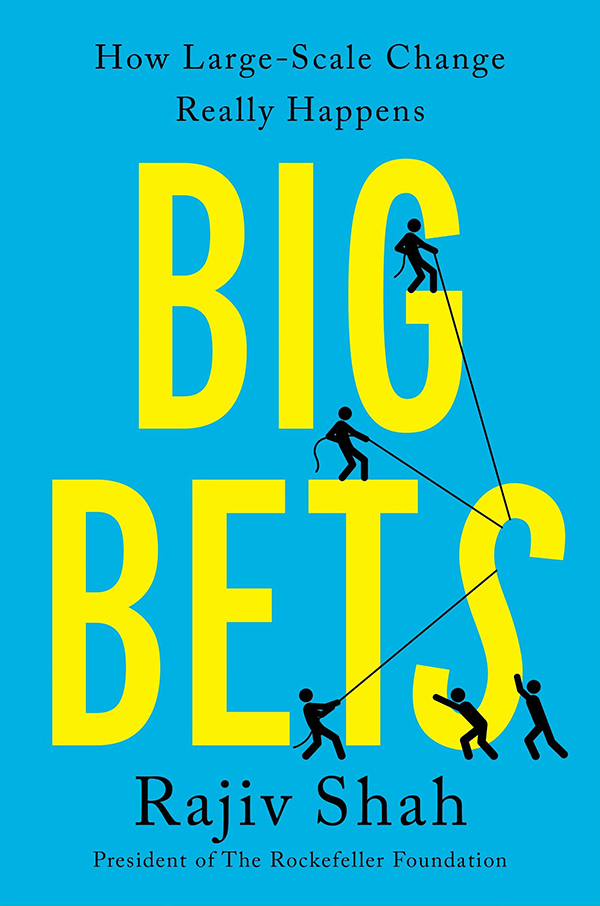“Disruptive innovation” captures the imagination of leaders who are frustrated by multilayered decision-making, inadequate resources and discouraged workers. The phrase sounds like the ticket to renewal.
Harvard Business School professor Clayton Christensen coined the phrase that has appeared on Faith & Leadership in an interview, essay and blog post.
For 20 years, Christensen has developed a near-romantic view of disruption.
In the beginning, he distinguished between sustaining and disruptive innovation, but not until a December 2012 article in Harvard Business Review did he acknowledge the importance of understanding both types.
Though he continues to trumpet disruption, in “Surviving Disruption” he acknowledges that such innovations can take many, many years and are often incomplete. Southwest Airlines is a disruptive innovation, yet 40 years after that company went public legacy airlines continue to carry passengers.
When I was in seminary, some of my colleagues were gifted for and attracted to prophetic ministry and smirked at those preparing to pastor a church. Yet, when it came time to find a job, these prophets discovered that the paying positions were with congregations.
Like prophecy, disruptive innovation is disorienting when practiced in most institutional contexts. The distinctions and tensions between prophets and priests and by extension various types of innovation are as old as scripture and as current as today’s classroom.
Sustaining innovation might be what James K.A. Smith calls faithful innovation.
This is the normal work of ministry, continually remembering the mission and constantly seeking to find meaningful and effective ways to do the work. At times, sustaining innovation is dramatic, such as the story of Hyde Park United Methodist Church’s recovery of its identity and the development of a long-term plan under the theme, “Making God’s Love Real.”
At other times it is as simple as a small membership church faithfully planning and growing a ministry, such as the Sixty-First Avenue United Methodist Church’s Last Minute Toy Store that is part of the congregation’s day-by-day commitment to its community.
Recently, I suggested to Marlon Hall, the pastor of the Awakenings Movement, that his work was a disruptive innovation. The congregation he leads incubates ideas -- including businesses, art projects and more -- and focuses on including those who do not believe. The enterprise does not meet many people’s definition of a church, which means it is disruptive to our notions of congregational life.
I have rarely seen congregations that are able to embrace a very high percentage of marginalized people. I celebrate such communities as signs of God’s reign, but know that such situations are often fragile. We have a lot to learn from disruptions like the Awakenings Movement.
Given the challenges facing many Christian institutions and congregations, we need both disruptive and sustaining innovation.
Sustaining innovation requires learning from disruption. But if leaders seek to do the disruption themselves, they need to be prepared to faithfully deal with the resulting chaos. Next week, I will reflect on Christensen’s principles about how leaders of established and effective institutions can relate to disruptive innovations.













